When people argue about the first real muscle car, the Pontiac GTO always comes up—and for good reason. It wasn’t just fast, and it wasn’t just loud. It rewrote the rules and made Detroit rethink what a performance car could be. The GTO took raw V8 power, stuffed it into a midsize car, and priced it so anyone with a steady job could get one. That combination didn’t exist before 1964, and what followed was a full-blown horsepower war. Here’s why the GTO deserves the credit.
It Brought Big Power to a Midsize Package
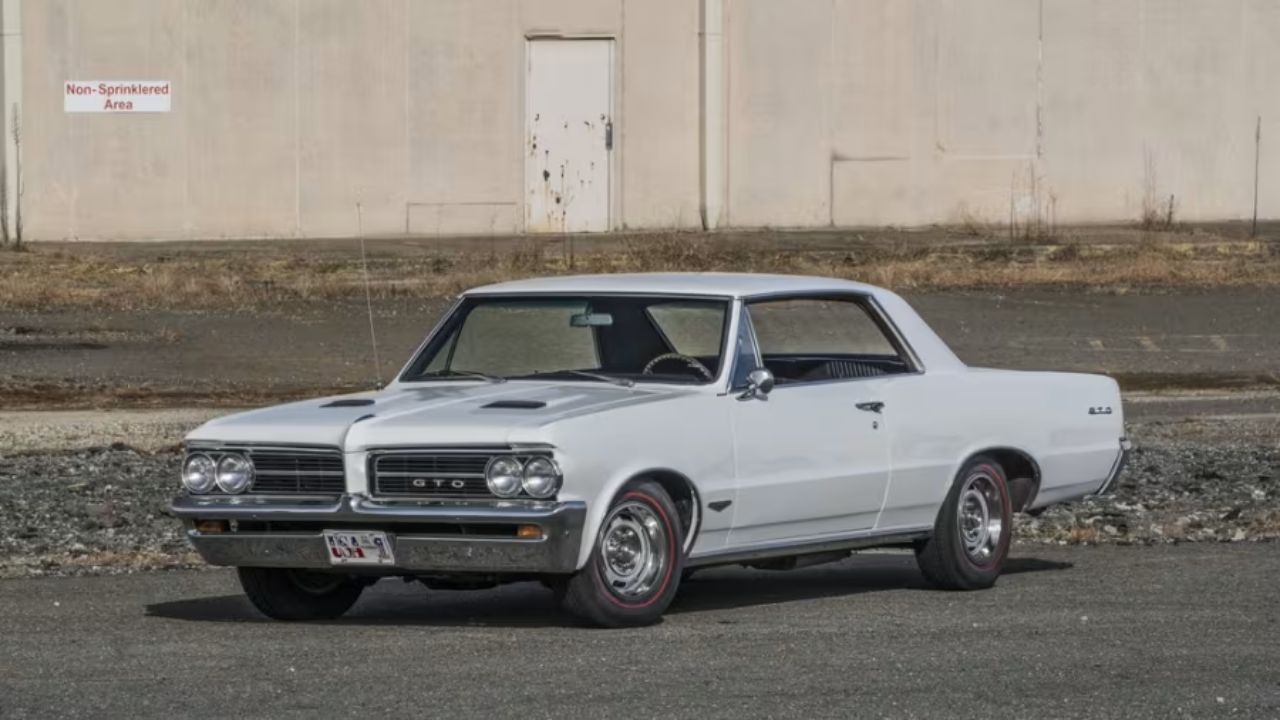
Before the GTO, high-horsepower engines were mostly reserved for full-size cars. Pontiac flipped the script in 1964 by stuffing a 389 cubic inch V8 into the smaller Tempest chassis. That engine was good for 325 horsepower with a single 4-barrel carb—or 348 hp with the Tri-Power setup.
This was a game changer because it made serious performance more accessible. You didn’t need a boat of a car to go fast anymore. The GTO showed everyone that muscle didn’t have to come in a land yacht.
It Was a Sneaky End Run Around GM’s Rules

Back then, GM had a policy against putting engines larger than 330 cubic inches in its midsize cars. Pontiac found a way around that by making the GTO an option package on the Tempest LeMans instead of a separate model. That let them slide the 389 in without officially breaking any rules.
It was a bit of rule-bending, but it worked. The idea caught fire, and GM eventually dropped the restriction. That loophole helped kick off a whole new segment of fast, affordable street cars.
It Was the First to Make Muscle Mainstream

Other fast cars existed before the GTO, but they were usually niche or limited builds. The GTO was the first to really catch on with the masses. Pontiac expected to sell around 5,000 units in 1964. Instead, they sold over 32,000. The message was clear: people wanted fast cars that looked cool and didn’t break the bank.
By 1966, GTO sales topped 96,000. That kind of success pushed other carmakers to follow suit, leading to the explosion of muscle cars later in the decade.
It Came Loaded With Street-Cred Performance

The original GTO wasn’t just hype—it could back it up on the street. A properly equipped ’64 GTO with the Tri-Power 389 and 4-speed manual could hit 60 mph in under 7 seconds and do the quarter mile in the high 14s. That was fast for the time and more than enough to earn a reputation.
It also had a heavy-duty suspension, dual exhaust, and optional limited-slip differential, making it more than just a straight-line car. You could actually drive it hard without it falling apart.
It Set the Style for the Muscle Car Era
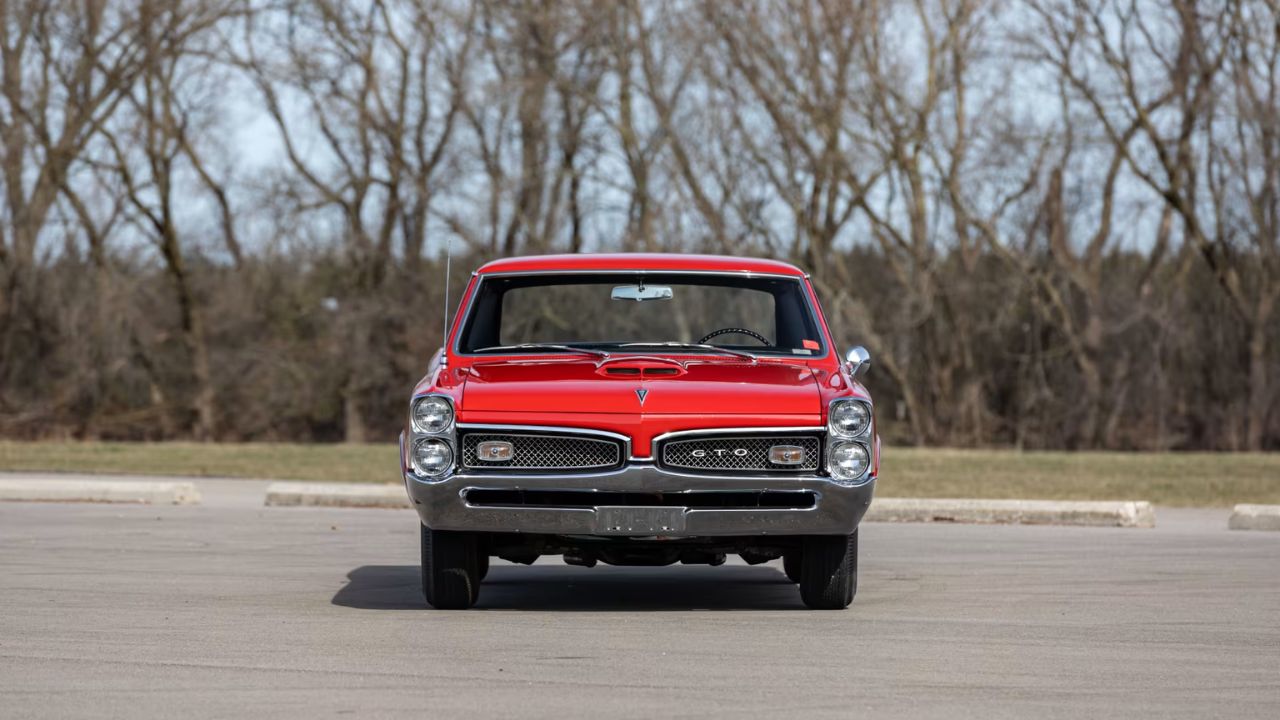
The 1964 GTO nailed the look that would define muscle cars for years. Clean lines, aggressive stance, hood scoops, and just the right amount of chrome. By 1965, they added stacked headlights and more muscle in the body, and the ’66 model introduced the classic Coke-bottle shape.
That visual language stuck. You can see its influence in everything from Chevelles to Chargers. The GTO didn’t just launch a segment—it gave it a style guide that everyone else copied.
Car and Driver Fanned the Flames

In 1964, Car and Driver ran a story claiming the GTO had outperformed a Ferrari GTO in a comparison test. The results were later revealed to be a bit… creative—but the buzz it created was real. The idea that an American V8 could even be mentioned in the same sentence as a Ferrari was electric.
Even with the controversy, it helped build the GTO’s image as a working man’s race car. It stirred up enough talk that the name stuck, and so did the attitude.
It Had a Name That Meant Something

GTO stood for “Gran Turismo Omologato,” a term borrowed from European racing. It sounded exotic, fast, and just a little rebellious. Pontiac didn’t bother with actual racing homologation—it just sounded cool, and that was enough.
For a generation of young drivers, the name alone felt like a challenge. It wasn’t a badge for show; it was a nod to performance. No one cared that it didn’t follow the rules—it made its own.
It Helped Kill Off the Boring Family Car
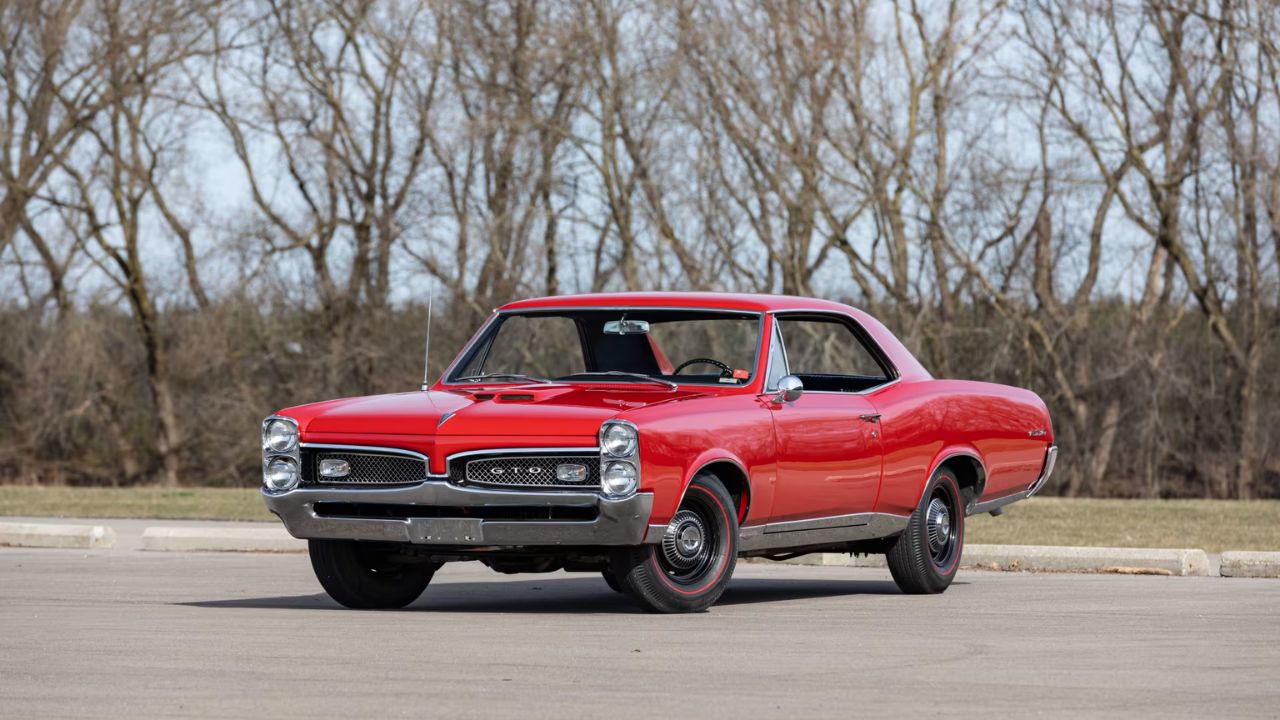
The GTO was based on the Tempest, which was originally marketed as a practical family car. When Pontiac turned it into a street brawler, it proved that boring sedans didn’t have to stay boring. Suddenly, people were looking at midsize cars differently.
That opened the floodgates. Other brands started rethinking their lineup, turning everyday cars into tire-smoking muscle machines. The GTO showed there was real money in speed—and that changed how cars were marketed for years.
It Influenced the Entire Industry

After the GTO took off, nearly every American brand jumped into the muscle car game. Chevy brought out the Chevelle SS, Dodge countered with the Charger, and Ford answered with big-block Fairlanes and the Mustang GT. The GTO sparked an arms race.
By 1970, muscle cars were everywhere—and it all started with Pontiac taking a risk in ’64. The industry shifted because of one car, and that ripple effect is still felt today in every retro-styled muscle car on the road.
It Made Speed Affordable

One of the GTO’s biggest achievements was proving you didn’t need to be rich to go fast. In 1964, you could get into a GTO for around $3,200—a lot less than what you’d spend on a Corvette or a European sports car. It made real performance possible for younger buyers.
That price-to-performance ratio was huge. It meant speed was no longer reserved for guys in suits—it was for anyone who wanted to own the street. That attitude still defines what a muscle car is supposed to be.
*This article was hand crafted with AI-powered tools and has been car-fully, I mean carefully, reviewed by our editors.

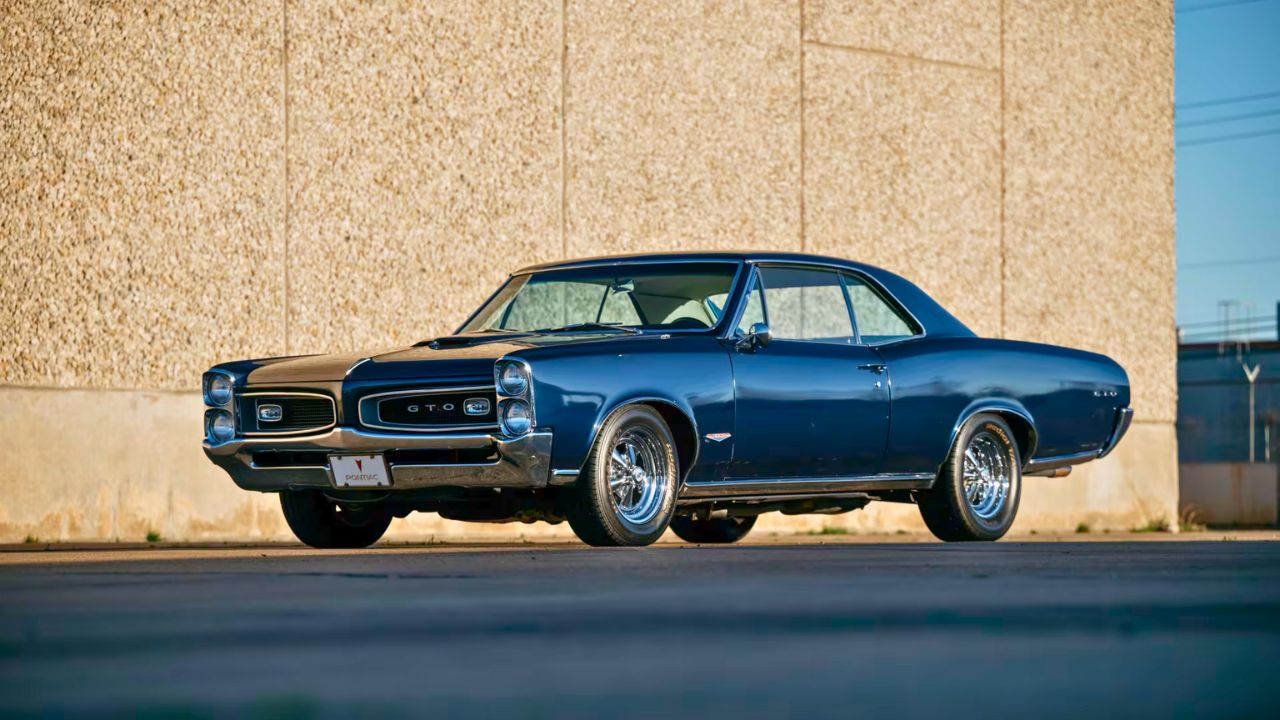


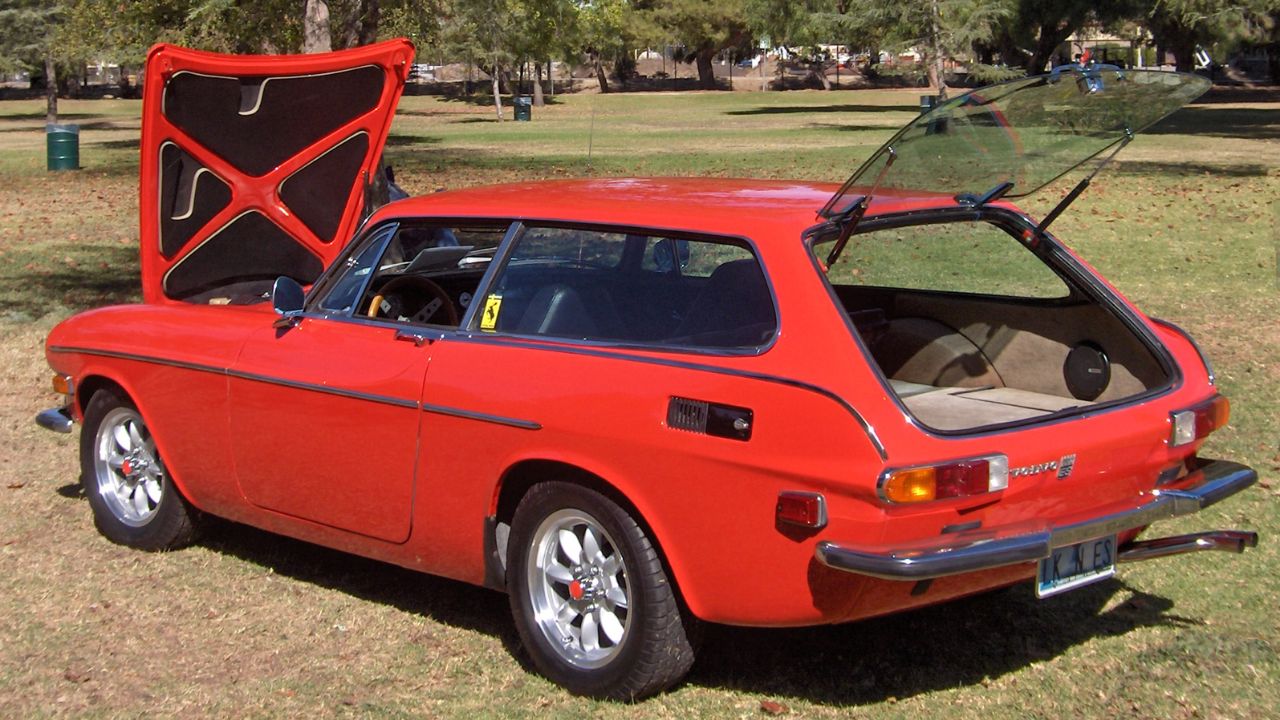


Leave a Reply